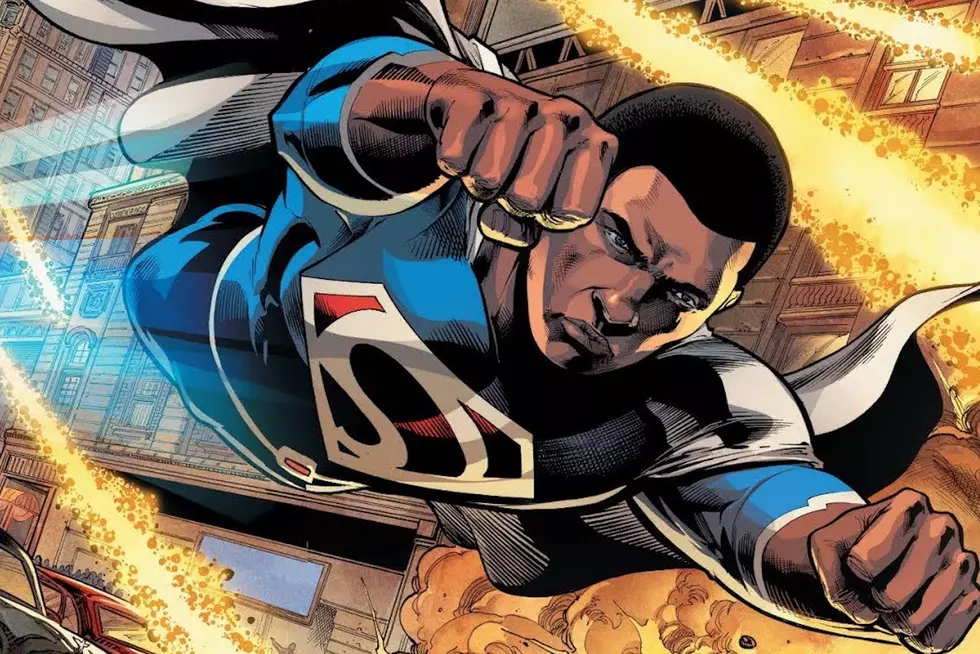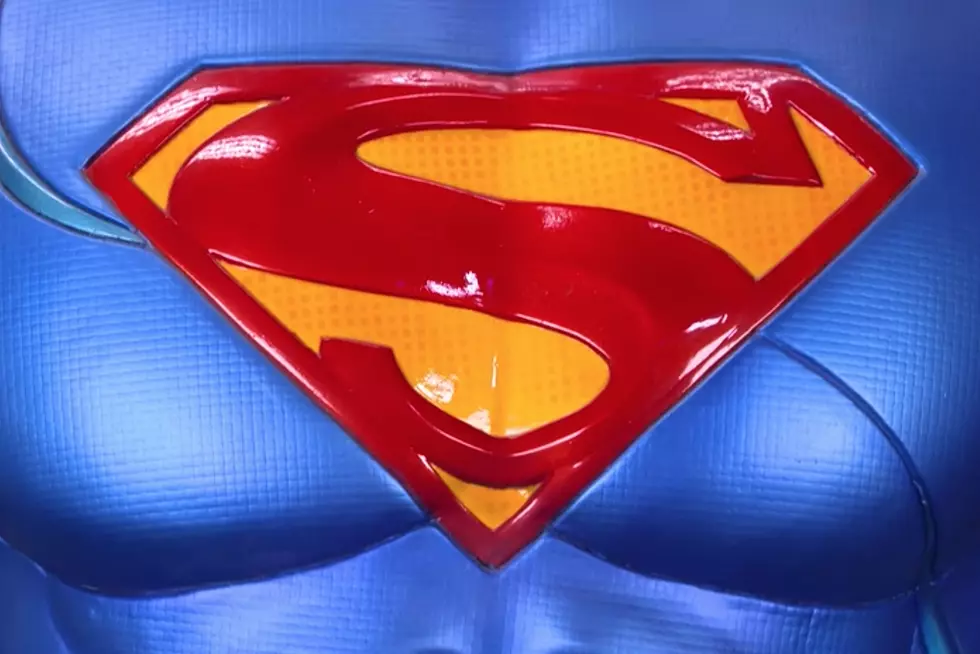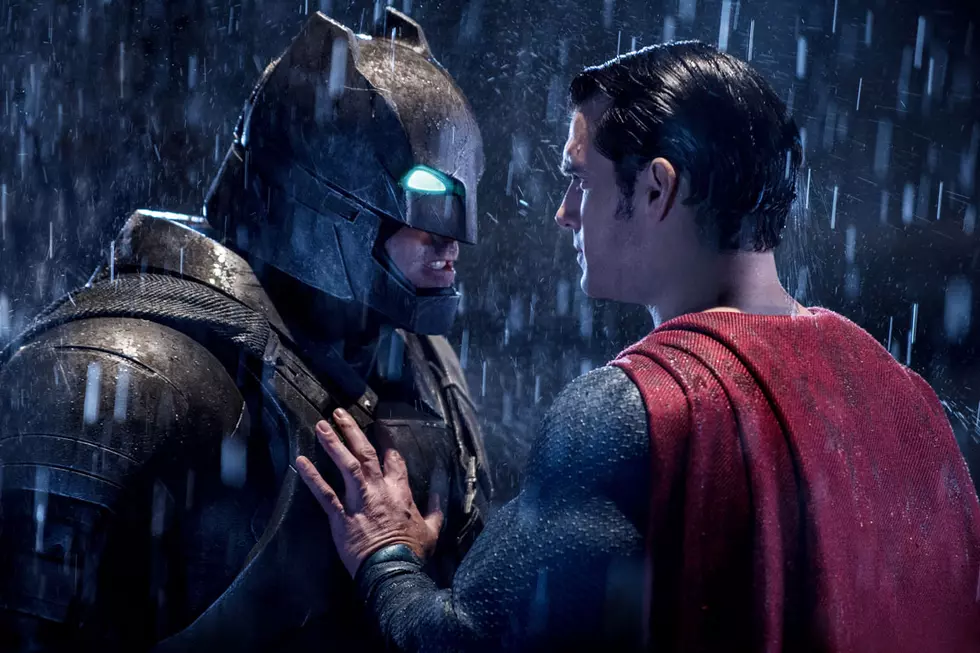
How Wayne Boring Defined the Look of Superman for a Generation
Wayne Boring was born on this day in 1905, and though his name isn't often trotted out these days when comic fans make "all time greatest" lists, he played a hugely important role in the development of the DC universe, and created a look for Superman that would define the character for the post-war generation.
Originally brought on by Jerry Siegel to ghost for Joe Shuster on the Superman newspaper strip, he was hired by DC in the mid-'40s and took over as the character's primary artist, pencilling long runs on both Action Comics and the eponymous Superman series over the next decade-and-a-half. In the process, he imbued The Last Son Of Krypton with a finesse that he'd previously lacked, taking Shuster's stocky circus strongman and molding him into an icon of classical heroism — replacing the square-jawed brawler with a larger-than-life figure with chiseled features, well-defined musculature, and a movie-star smile.
This new portrayal proved key to the reinvention of Superman as an increasingly powerful and grandiose figure, less "man" and more "super." No longer content with juggling hoodlums, he could now combat intergalactic threats without batting an eyelash. While this remove from reality made the hero less relatable, it also helped set him apart from his peers, and probably contributed to the feature's survival. The late '40s and early '50s were an odd time for comics, when superheroes were in a slump, their titles being replaced and repossessed by new styles of genre fiction. Romance, crime, horror, sci-fi, and humor were the order of the day. DC, like most publishers, was trying to figure out the new status quo, and experimenting with all manner of different approaches.
When Dr. Frederic Wertham's campaign against comic books started to gain widespread notice, and the accompanying congressional hearings on comics and juvenile delinquency took place, the few titles that maintained their identity were scrubbed to a squeaky-clean finish, removing any traces of real world content in favor of spectacular (and often silly) larger-than-life stories.
And Boring's elegant line was essential to making all these elements fit together and keeping the Superman franchise afloat, depicting both the silliness and solemnity of the proto-Silver-Age with immaculate draftsmanship and perfectly-rendered faces, bringing a new illustrative beauty to the trials and travails of The Man Of Steel.
Boring would also co-create some of the most iconic elements of mid-century Kryptoniana, becoming the first person to draw the Fortress Of Solitude, Atlantean love interest Lori Lemaris, and Htrae, the unfailingly contrary Bizarro world. Though he established himself as a productive and stylish artist, he rarely ventured out from his comfort zone, spending nearly his entire career working on Superman and affiliated titles (including World's Finest, Superboy, and Lois Lane).
In the early '60s, Boring moved away from comics and into other fields, passing the Superman torch on to penciler Curt Swan. He would return only occasionally for spot gigs, including a three-issue run on Marvel's cosmic hero Captain Marvel in 1972, while also working as a security guard and producing commissions for fans. He passed away in 1987, shortly after returning to his signature character for a number of special projects.
Today, we're happy to pay tribute to Wayne Boring's creativity and artistic contributions. Superman may have been known for leaping tall buildings in a single bound, but it was with Wayne Boring at the helm that he truly took flight.
Check Out Some Strange and Surprising DC Comics Facts
More From ComicsAlliance









